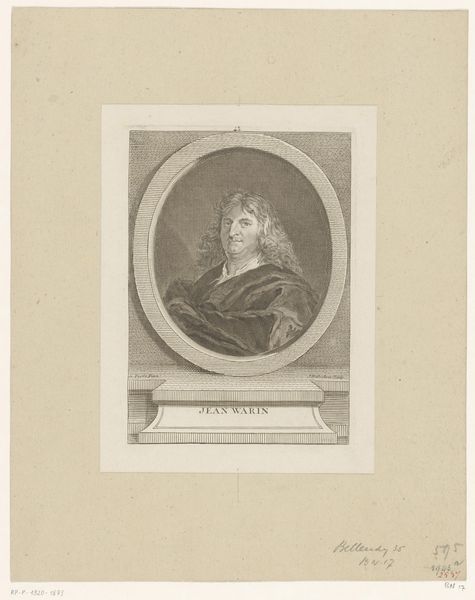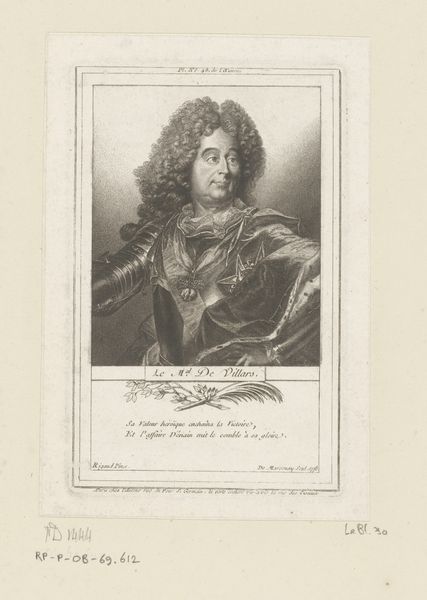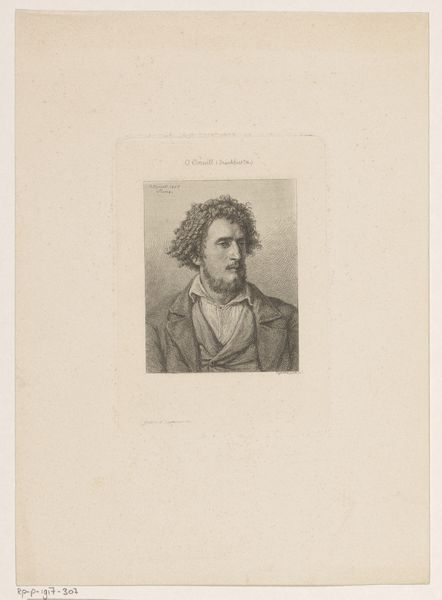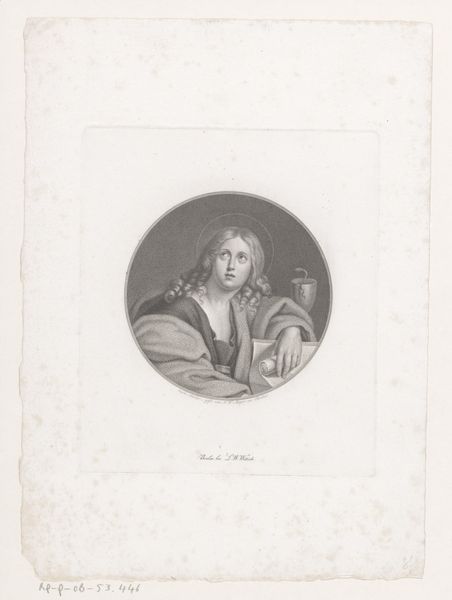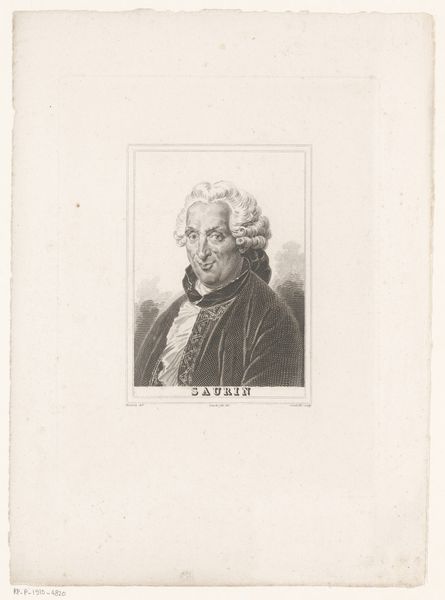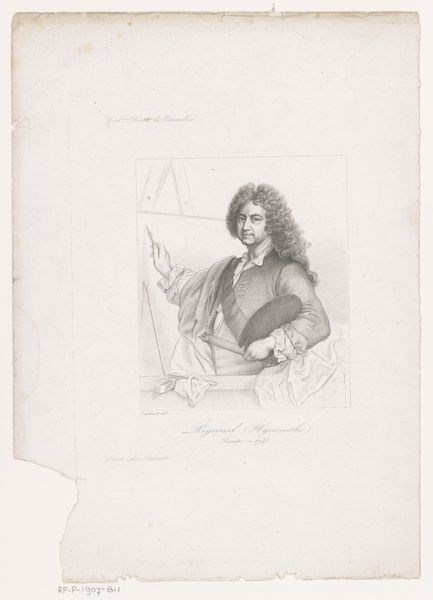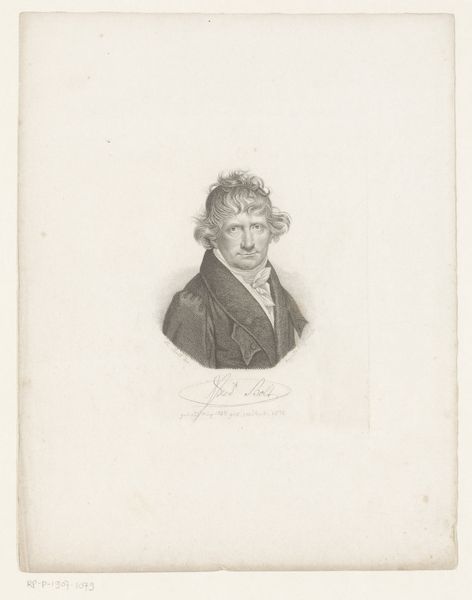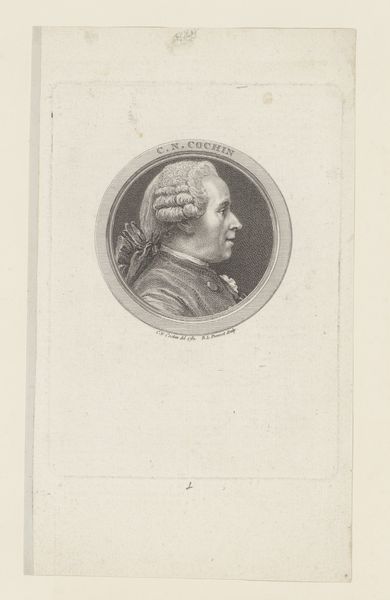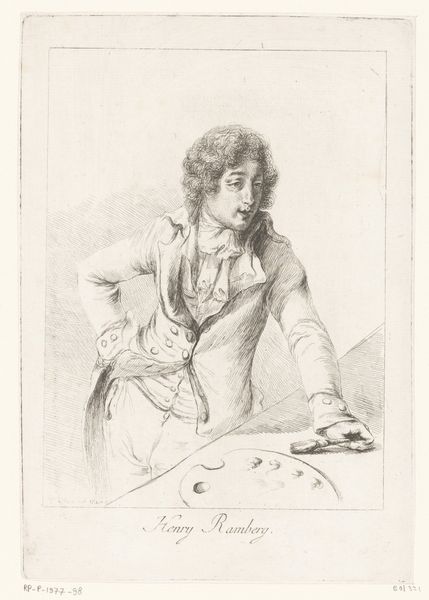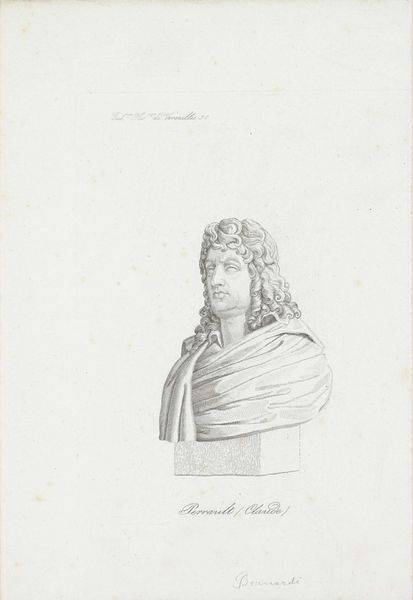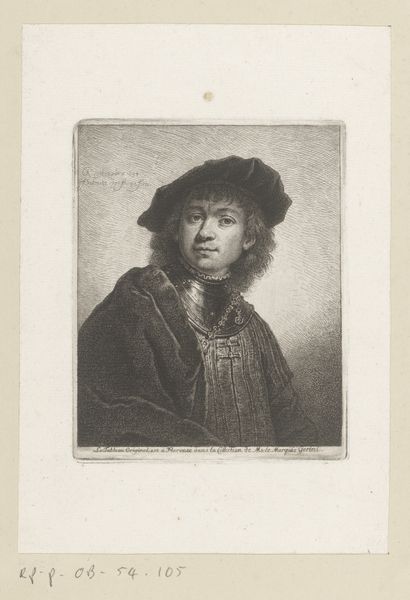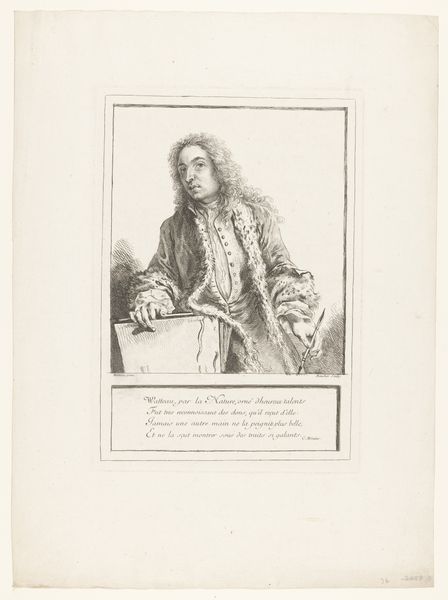
drawing, pencil
#
portrait
#
pencil drawn
#
drawing
#
light pencil work
#
neoclassicism
#
pencil sketch
#
old engraving style
#
pencil
#
academic-art
Dimensions: height 382 mm, width 375 mm
Copyright: Rijks Museum: Open Domain
Editor: Here we have Carl Hermann Pfeiffer's "Portret van Josef Grassi," made sometime between 1779 and 1829, rendered in pencil. The drawing itself is quite striking – it has a ghostly, almost ethereal quality. What's your take on this piece? Curator: What intrigues me most is the pencil itself. It’s easy to overlook as a simple tool, but think about its production. Mining the graphite, the carpentry involved in shaping the wood – all represent a specific kind of labor and material sourcing. What does it say about the act of portraiture when rendered through such a…common implement, rather than, say, oil paints? Editor: That's a great point. I hadn't considered the humble nature of the pencil in contrast to the more traditionally esteemed medium. Do you think Pfeiffer was making a deliberate statement with his choice of material? Curator: Absolutely. Consider the context. The late 18th and early 19th centuries were times of both artistic and industrial shifts. By choosing pencil, he might be leveling the playing field between high art and the burgeoning culture of draftsmanship connected to industry. Also, note how the composition directs our attention to the sitter's tools, held in his hand. Can we even take for granted that they are his tools? Is the instrument here symbolic of artistic process itself? Editor: So, it's less about the individual portrayed and more about what the materials and the artistic process signify within a broader social and economic landscape. That gives me a completely new way of looking at this portrait. Curator: Precisely. It’s about uncovering the social life of things and appreciating the subtle power of the everyday. Editor: Thanks, I learned a lot about how much can be understood by analyzing the making of things and by studying an artwork’s materiality and contexts. Curator: Indeed, I learned how a humble portrait drawn with pencil can open us up to appreciate industrial process, craftsmanship, social changes, and economic transformations.
Comments
No comments
Be the first to comment and join the conversation on the ultimate creative platform.
